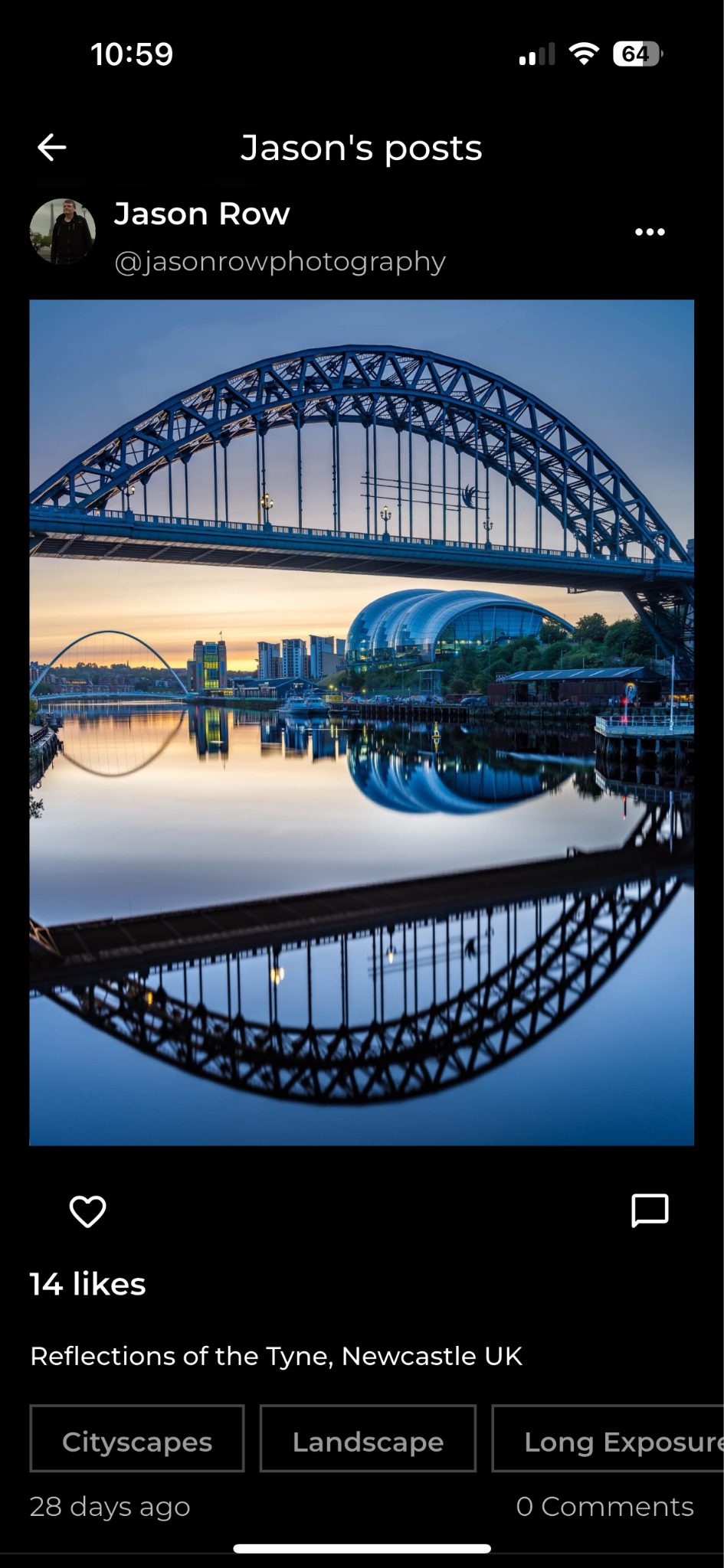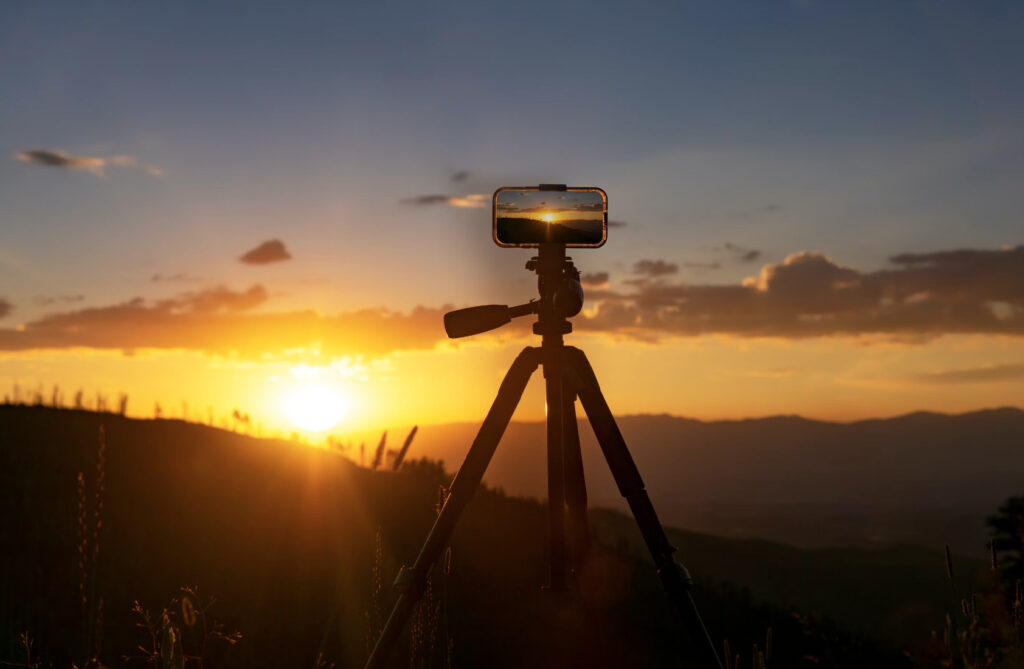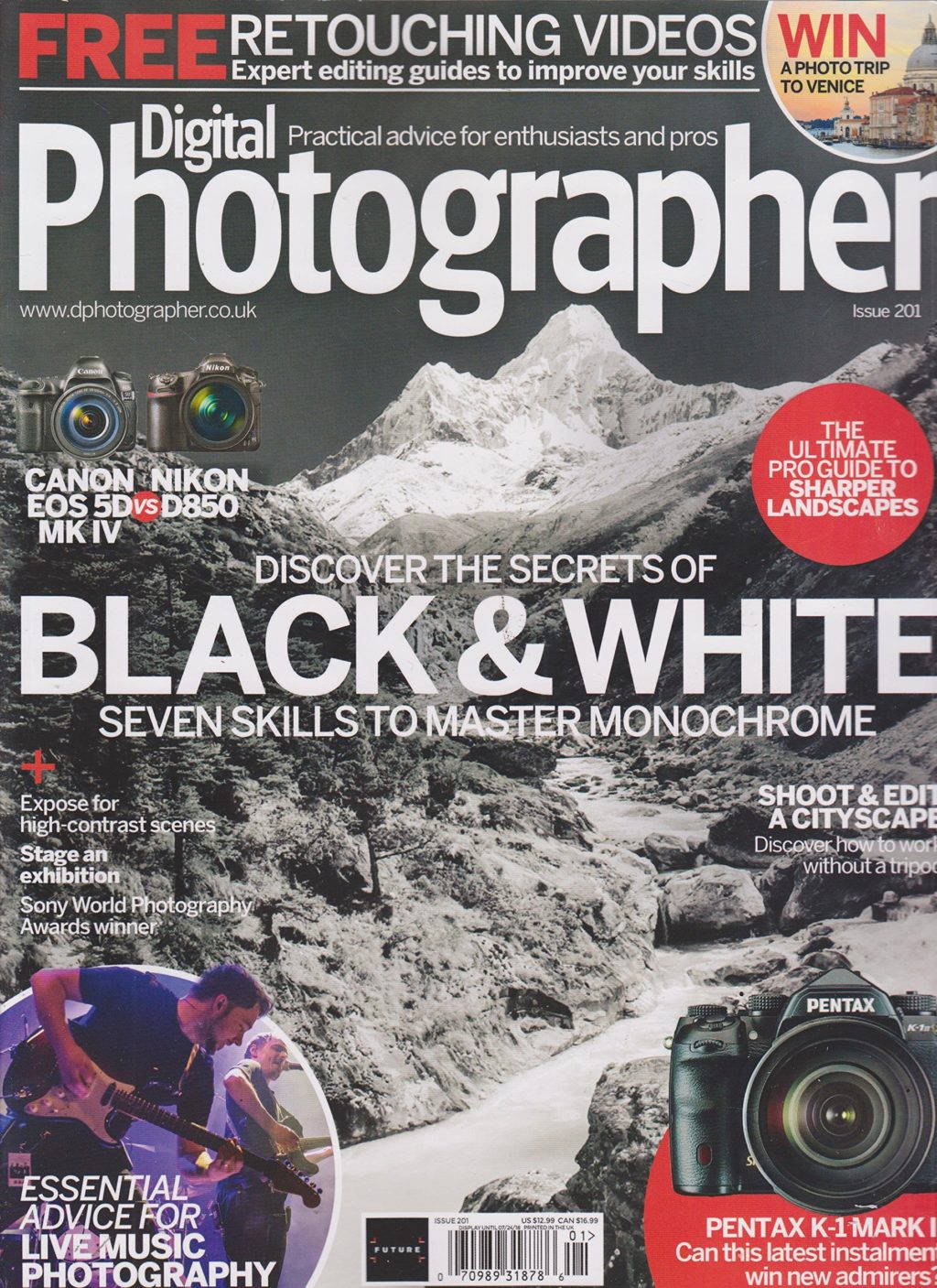Chances are that when you first got into photography, you considered getting a tripod. There is also a reasonable chance that you assumed that the tripod and head came together, perhaps inseparably in one package. You may have even learnt the hard way, buying a cheap combined tripod and head only to find it could be moved by a person walking too fast past it.
The fact is, tripod and tripod heads should be treated as two separate purchases. You need to determine which legs suit your purpose and equally which type of head will most compliment your photographing style. Today we are going to look at heads, to get an overall picture of tripods in general have a look at our article here.
There are two, common types of tripod heads then a number of others designed for more specialised purposes. Let's take a look at the two common ones first.
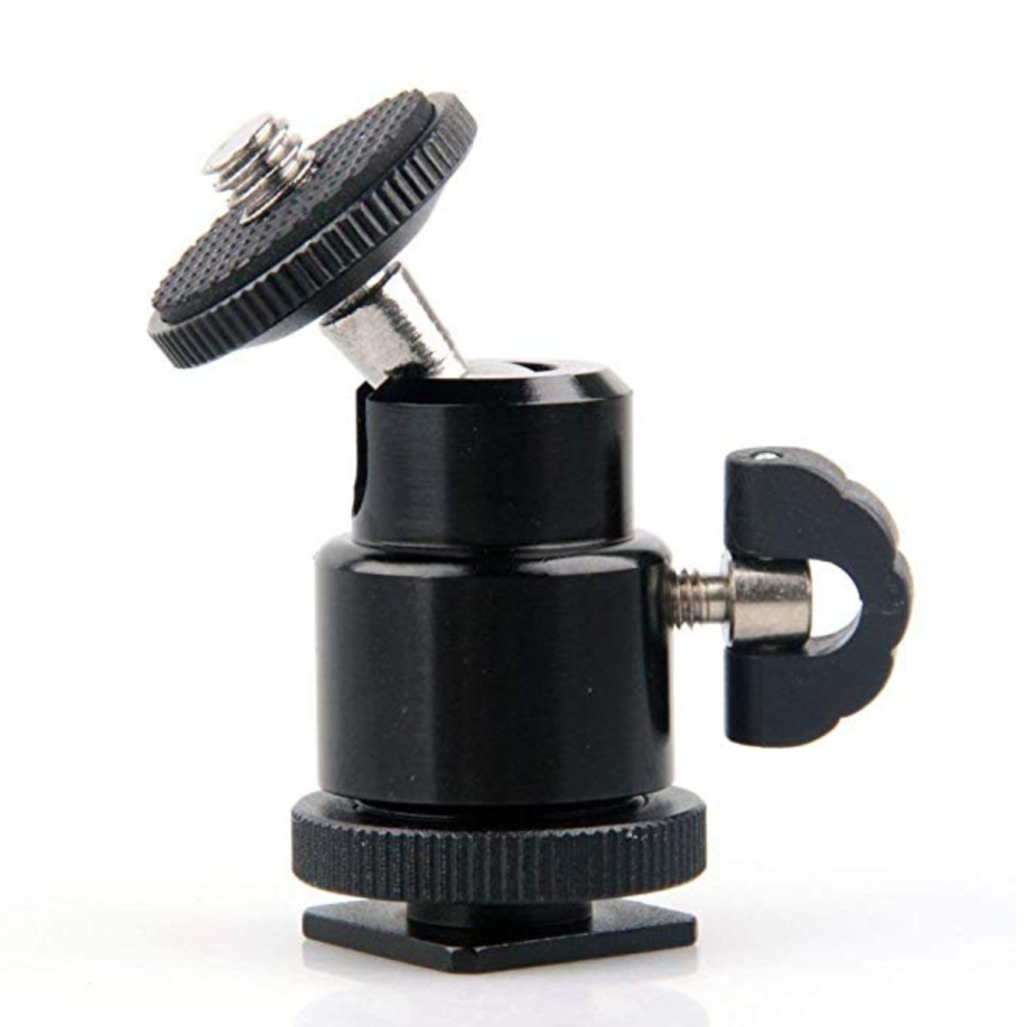
The Ball Head
The ball head is the smallest of the different types available. It is, as its name suggests, a simple ball and socket that can be locked off with a thumb screw. It allows for a 360 degree movement in the horizontal plane. There is a groove cut through the socket section to all the ball and camera platform to rotate to the vertical format. Although this might sound as if its not particularly secure, in reality these heads can lock your camera off very firmly.
The caveat is that you need to select a suitable one. Firstly you need to make sure the baseplate of the head matches the baseplate of the tripod. Secondly ball heads are rated by how many kilograms they can support. Check what weight your camera will max out at with its heaviest lens on and add a little to that figure for safety.
The advantages of a ball head are that they are highly adjustable and very quick to reposition. Better, more fluid heads can even be used unlocked to enable the photographer to pan the camera but maintain a degree of support.
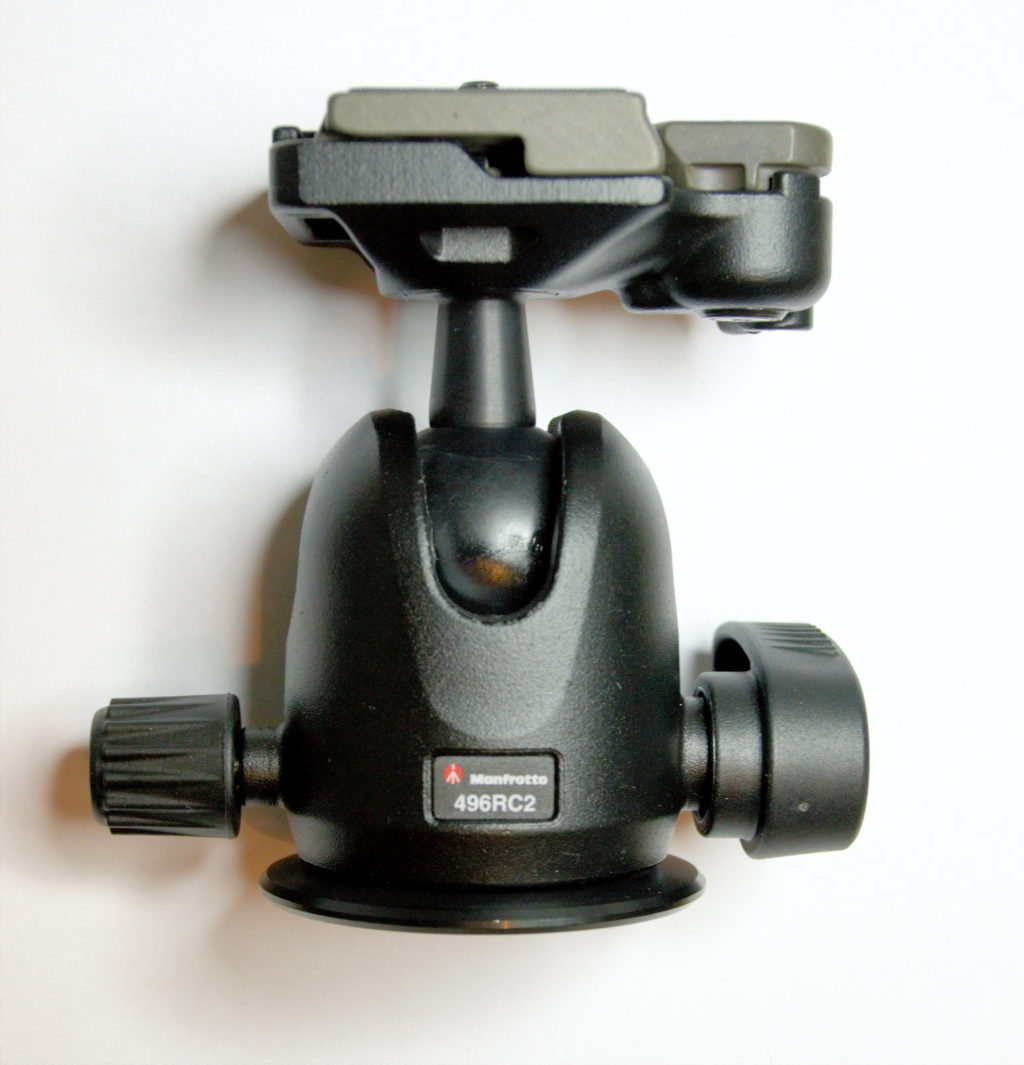
Pan and Tilt
If you bought a cheap nasty tripod in the early days of your photographic journey, the chances are that it had a pan and tilt head built in. There is a good chance this may have put you off tripods for life. However, good quality pan and tilt heads can be a joy to use if matched with decent tripod legs.
Pan and tilt heads, sometimes called three way heads allow you to move your camera through three planes of movement. Horizontal, i.e. panning left and right. Vertical, panning up and down and around the camera axis, allowing you to switch between landscape and portrait formats. Each of these axis can be locked off which allows you to fine tune the movement in either of the other planes.
Pan and tilt heads are probably best suited to more controlled environments such as studio work as they do not have the speed or ease of use that a ball head has. In the controlled environment however, they allow for very fine adjustments to be made. Like the ball heads they are rated as to how much weight they can hold. One common issue with pan and tilt heads is when using heavy lenses. The weight of the lens in front of the camera can drag the head down in the vertical plane.
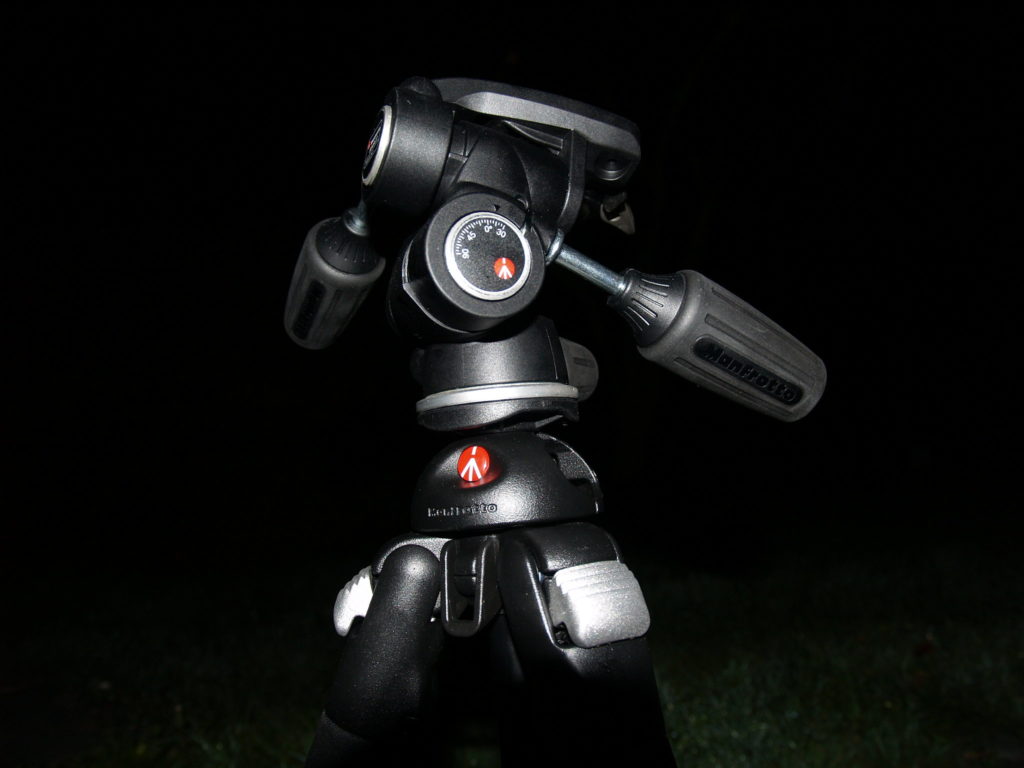
Pistol Grips
This is a variation of the ball head that contains a handle on it. On the handle is a trigger that when squeezed releases the lock on the ball and allows the camera to be moved. This gives you the advantage of being able to very quickly change the position of the camera then lock it off. It is most suited to wildlife photographers who can follow the action using the grip then lock off when the animal becomes stationary.
Gimbal Heads
A better but more expensive option for wildlife and action photographers is the gimbal head. This strange looking beast keeps the centre of gravity of the camera and lens in the middle but requires a special lens mountain plate called an Arca-Swiss mount. You have to spend time carefully balancing the lens/camera combination via the Arca-Swiss mount. Once you have balanced the camera, you will have a the ability to move the camera very quickly and very smoothly in both the vertical and horizontal planes, making it ideal for tracking action.
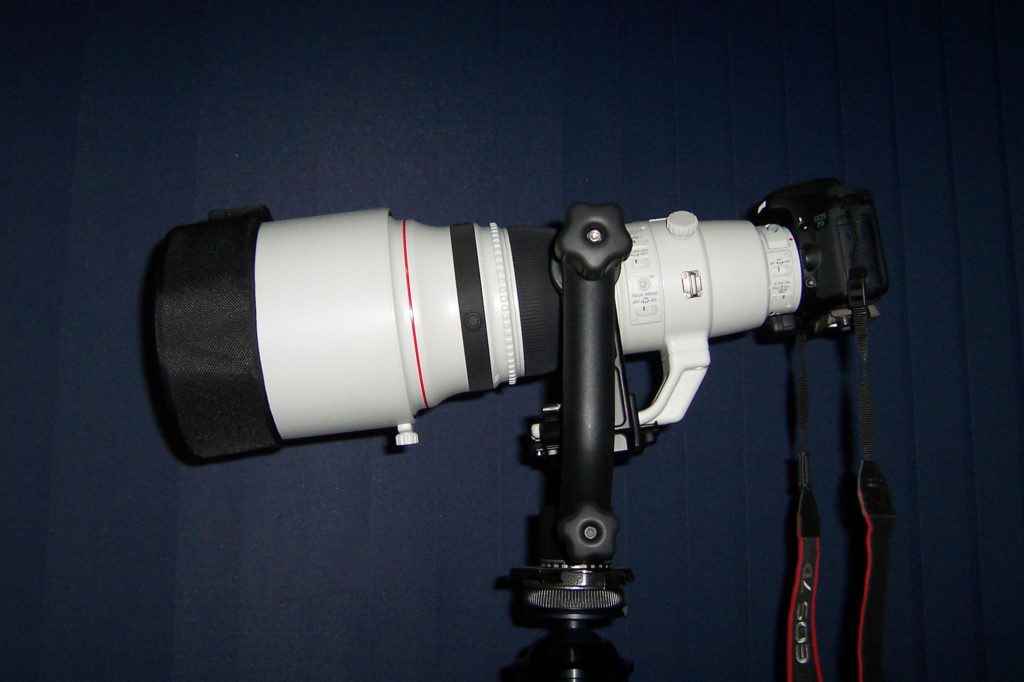
Video Heads
Video heads are similar to the pan and tilt heads except they do not allow the camera to be rotated to the portrait format. Instead, the plates that rotate the camera are filled with oil, allowing the camera to be moved in a very fluid way, without jerking, something that is important in video production. Whilst excellent for video, they are extremely limiting if used for photography. Not only can you not rotate the camera to the portrait format but also the dampening effect of the fluid plates makes movement slow and cumbersome.
Other Considerations
When choosing a tripod head there are a couple of other considerations. Firstly make sure it has a quick release plate. Virtually all decent heads do and this allows you to remove the camera very quickly from the tripod without having to unscrew it.
Secondly, there are two types of mounting screws. The vast majority of heads and cameras use a 1/4” threaded screw however, some bigger, heaver heads, designed for medium and large format cameras will have the larger 3/8” thread.
Choosing a tripod head is as important as choosing the tripod legs. You should think not only about the type of photographer you do but also about the weight of your camera and lens combined. Choosing the right combination of legs and head will allow you to become much more efficient when shooting on a tripod.

